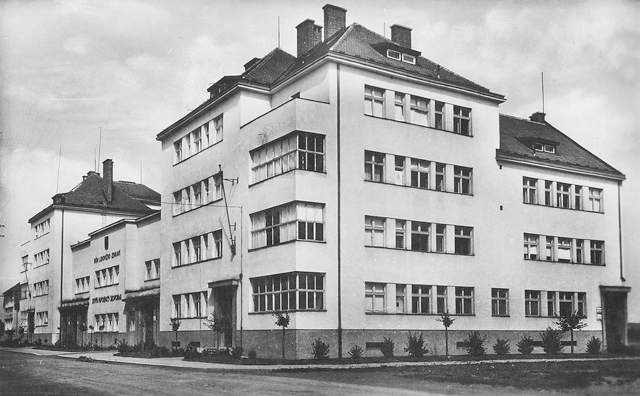After Uzhhorod became the administrative centre of Subcarpathian Ruthenia, the city gained a unique privilege – to become its capital at the time of development of modernism. The administrative and residential part Maly Galagov, which was created as a result of the gradual implementation of the main regulatory plan from 1920–1923, became the new core of the city. The sights of other eras had not been destroyed in order to build the infrastructure of the capital, making this project unique on the map of urban solutions in the interwar Europe. However, some concepts could not be realized due to changing economic and political circumstances. The rapidly growing city required construction of new residential districts and infrastructure, the projects of which had been designed by the best architects of Czech, Slovak and local origin. The aim of the study is to create a more complete picture of the unrealized potential of Uzhhorod, the development of which was halted in 1938 as a result of the collapse of the Versailles system.
DOI: https://doi.org/10.31577/archandurb.2020.54.1-2.8

This work is licensed under a Creative Commons Attribution 4.0 International License.





